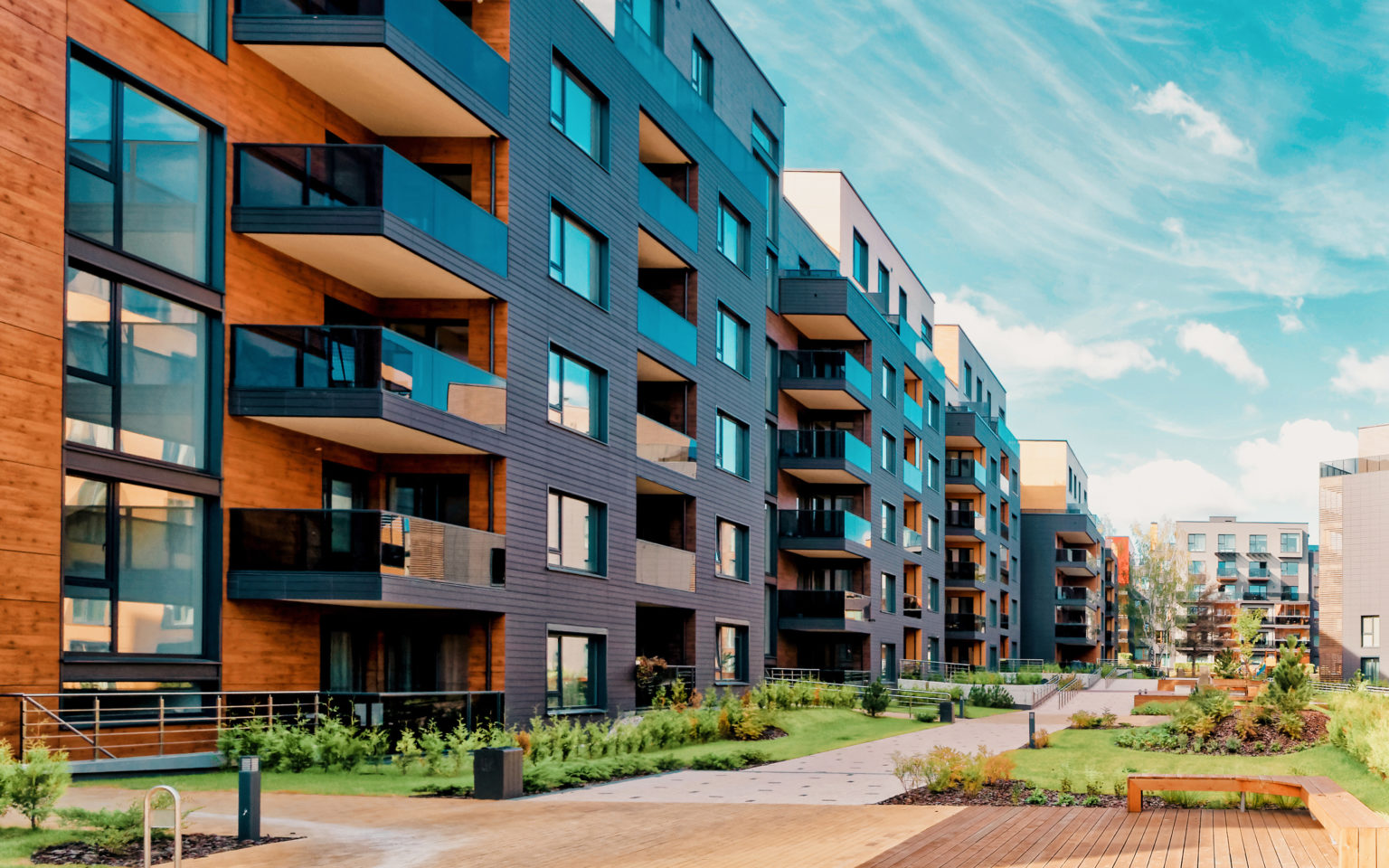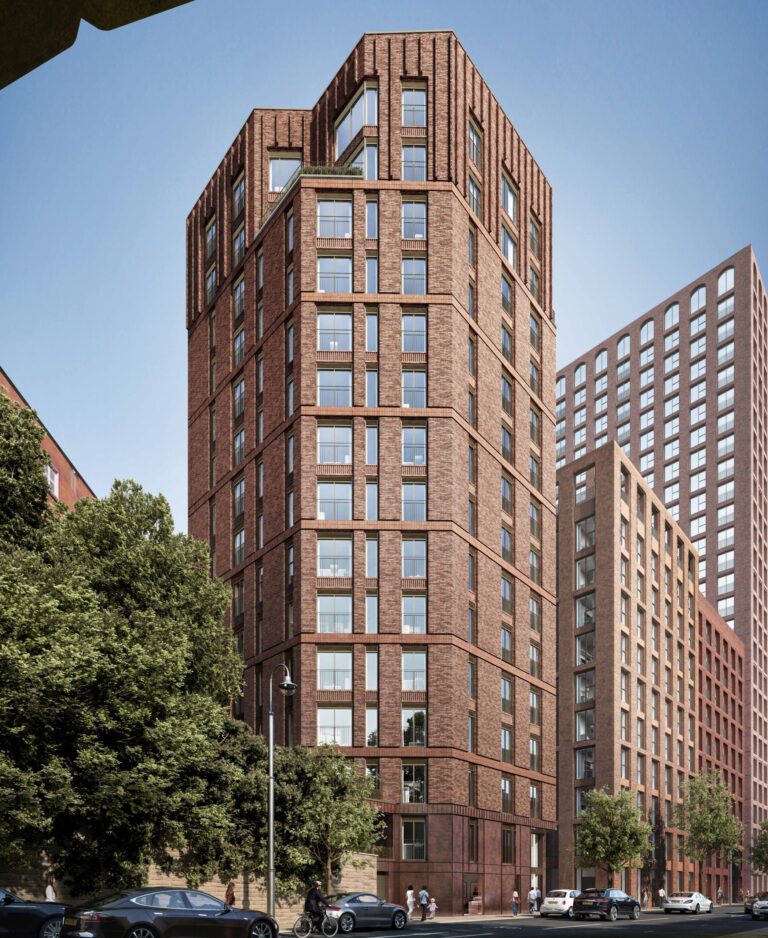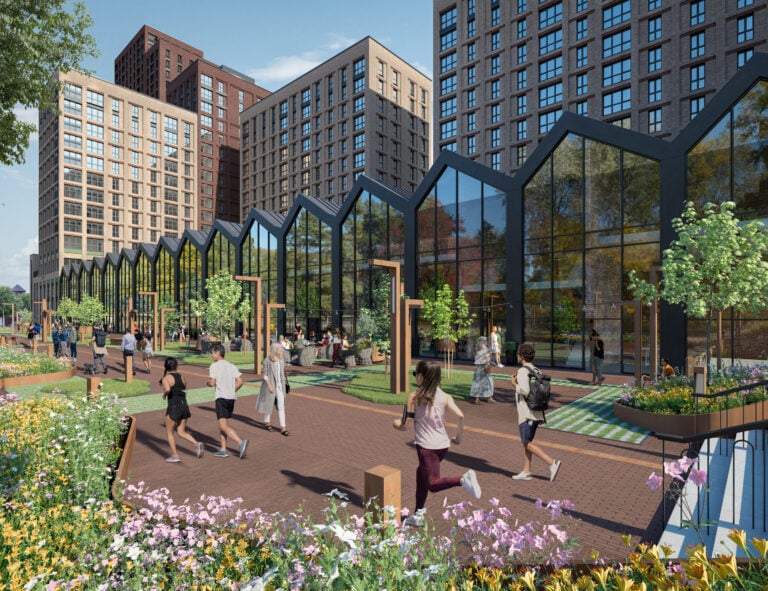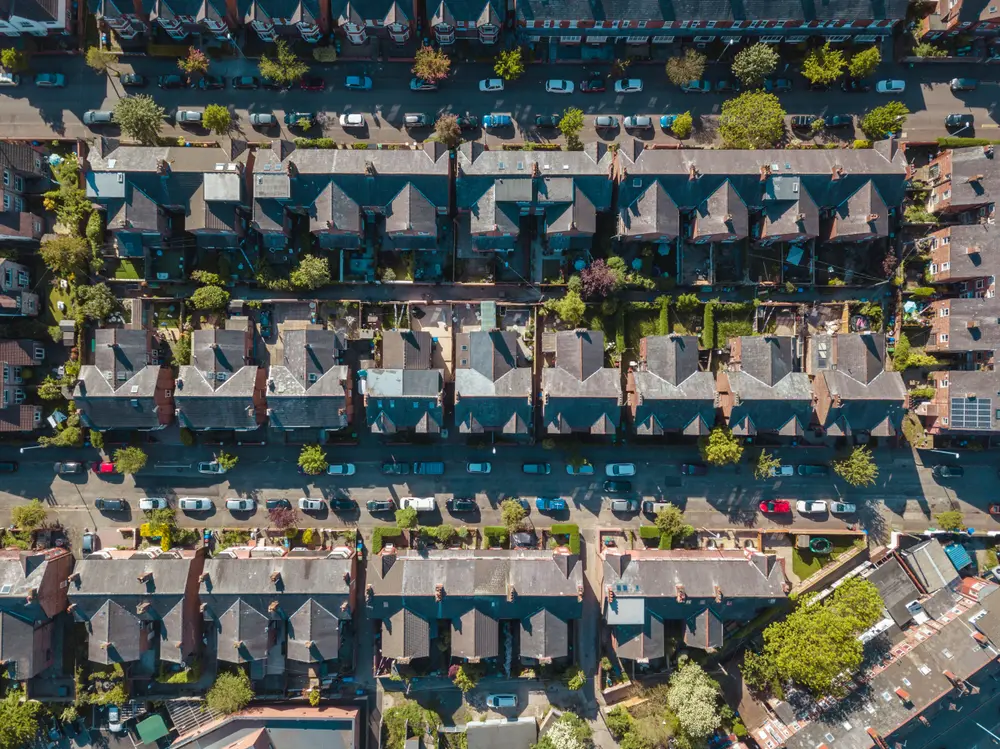New-build investment can be a smart choice for buyers looking for a future-proof, rental-ready investment property, and a new report has revealed that conditions are improving in the new homes market.
Some of the advantages of new-build investment include higher energy efficiency credentials, minimal additional expenditure or ongoing maintenance and repair costs, and the peace of mind offered by the standard 10-year new-build warranty.
Developers are also discerning when it comes to the location of their new developments, giving buyers additional confidence that their purchase will be desirable to future buyers and renters – although doing your own research is essential to ensure it is in the best location for you.
If your new-build investment is off-plan, this brings further benefits including the opportunity of getting in early to choose the best plot, having an input into the finished features if the developer offers this, and sometimes additional financial incentives. Off-plan investments tend to be priced lower than market value, meaning the chance of capital appreciation can be higher.
In recent years, as the housebuilding sector has struggled to keep up with the government’s targets due to issues such as the rising cost and shortage of materials and skilled workers, the new-build market has slowed down in some parts of the country. Planning delays have also created issues for many developments. This has created lower supply levels and slower buyer demand which has also resulted from rising mortgage rates.
However, a new report from Savills has revealed a turnaround in the new-build investment space, presenting a much more positive outlook for the sector.
New-build investment: demand and supply on the rise
Savills’ report points to the latest research from the National House Building Council (NHBC), which revealed that new housing starts had risen in Q2 this year above their two-year average in nine out of 10 UK regions, excluding London. Leading the way were the East Midlands, East of England and Yorkshire and the Humber, where new home starts for the quarter were all almost 70% higher on average than a year prior.
Alongside this boost in future supply, market sentiment towards new-build investment has also been on the rise as interest rates have fallen compared to their most recent highs, making borrowing more affordable.
This has led to more demand from buyers, Savills noted, with buyers on a 75% mortgage investing in an average-priced home seeing their monthly mortgage repayments falling by about 15% compared with the end of last year. This is a boost seen across the wider housing market, including new-build investment.
Interestingly, new-build buyers are more likely to favour space, according to Savills, with NHBC research revealing that almost two fifths (39%) of new-build sales in the past 12 months were homes with four or more bedrooms. However, while young first-time buyers are still more likely to opt for smaller, cheaper flats, the rising average age of first-time buyers means more are seeking a family home, leaning towards larger properties.
More affordable parts of the country, including the North West, offer a lower house-price-to-income ratio, making it a more appealing option for homebuyers and property investors alike. The same trend covers the new-build investment side of the market, too, with buyers being more drawn to these locations as they can get more for their money.
Incentives to invest
As mentioned above, many new-build investment opportunities come with certain incentives to entice buyers. Savills’ research found that the use of these sales incentives is increasing as competition heats up due to higher buyer demand as well as housing supply. This offers more of a reason for buyers who might be on the fence to opt for a new-build, along with the benefits that are inherent to the property type.
NHBC research revealed that the use of incentives was now at its highest point since mid-2023, which may have boosted the number of people choosing to buy.
Some incentives from developers can be financial, including paying a contribution towards the deposit, covering some or all of your stamp duty costs, paying your legal fees, or offering a part-exchange if you own an existing home.
Non-financial incentives might include the developer offering you a free upgrade to your home’s specification, so you can tailor it to your needs and tastes and ensure you’re getting a premium outcome. You might also be offered a free or discounted furniture pack.
It is important to do the maths and look into the details thoroughly when considering potential incentives, to ensure you are getting what you expect from the developer.
Jonathan Fowler of Fowler Smith Mortgages recently wrote about the benefits of new-build investment for buy-to-let landlords, including the potential option to benefit from a ‘green mortgage’, which you can read here.
If you’re looking for your next new-build investment opportunity in one of the UK’s property hotspots, get in touch with BuyAssociation today to find out about our current and upcoming projects.










